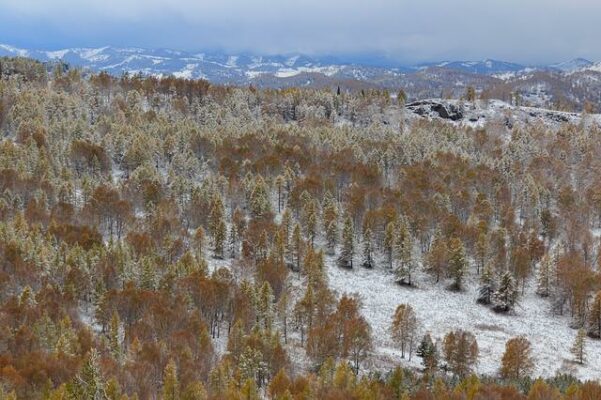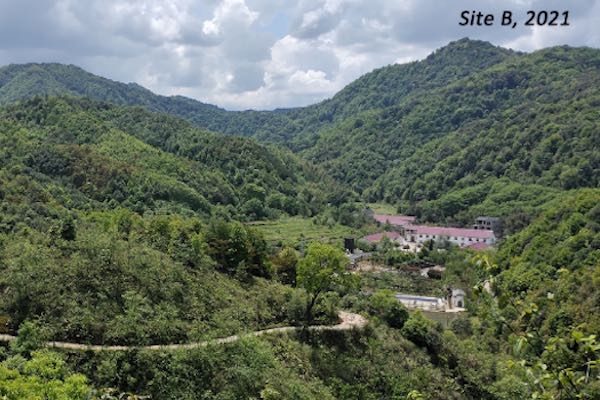
Over the last century, emerging diseases have progressively been recognized by the scientific community as the main threat to forest ecosystems. With increasing international trade and globalization, the introduction of non-native species into new environments has exacerbated the problems of emerging pests and diseases worldwide. Additionally, other factors, such as climate change, further complicate matters by altering host-pathogen interactions, thus promoting the spread of diseases caused by native or non-native pathogens.












